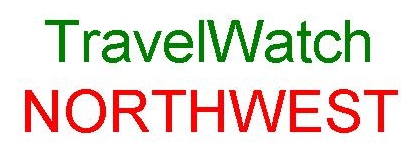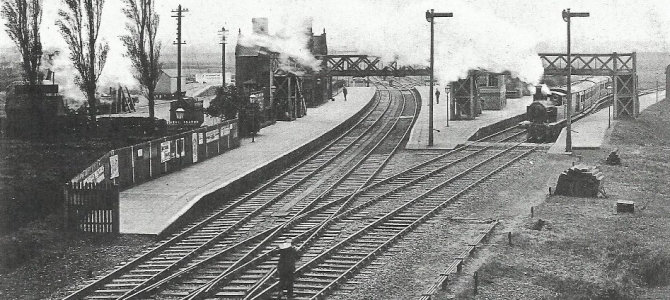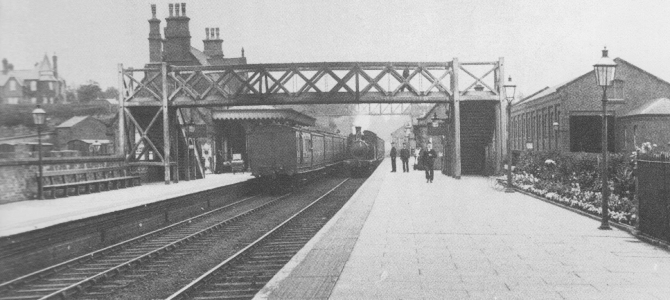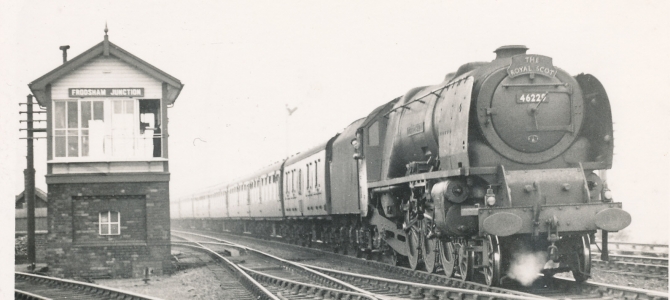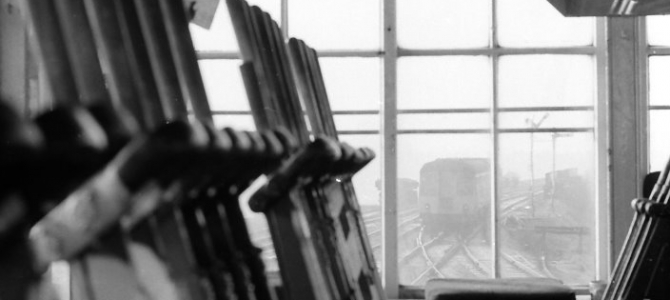Line News & Events
Beyond Ellesmere Port
3rd June 2024
A long-term vision for a ‘metro’ styled service around the Mersey Basin …
Summer 2023 Newsletter
The North Cheshire Rail Users Group have published their Summer Newsletter ....
Halton Curve Campaign
29th February 2020
The North Cheshire Rail Users Group was last night officially recognised for 30 years hard work ....
Frodsham Footbridge Project
8th December 2019
A temporary scaffold footbridge will now NOT be provided at Frodsham ....
Castle Park Semaphore Signal Unveiling
1st June 2019
30 years of campaigning officially came to an end today on Saturday 1st June as two semaphore signals were unveiled in Castle Park .....
Our Supporters:
History of the North Cheshire Line
QUICK LINK - 175 Years of Railways Across Cheshire Booklet
Thomas Brassey - A Local Railway Hero - A Statue would be appropriate
Local railway history supporters, The Thomas Brassey Society and The Chester Civic Trust, are putting together a project to celebrate local railway hero Thomas Brassey.
There is already a plaque at Chester Station and a statue would be a fitting memorial to this great man.
Our annual "Crowd event" on the Parliamentary train has featured the "Thomas Brassey" (John Whittingdale) re-enactor so we are well acquainted with the cause.
They would like to complete this project by 2020, which will be the 150th anniversary of Brassey’s death – a tall order, for which we will need all the help and support we can get!
Click here to download the poster for the campaign
Frodsham Station is unique.
Frodsham station was built in 1850, by the Birkenhead, Lancashire and Cheshire Junction Railway, due to the complicated railway politics of the time Company was absorbed into the Birkenhead Joint Railway. This was owned by the London & North Western Railway (LNWR) and the Great Western Railway (GWR) equally; who had prior to the setting up of the joint company been feuding over access to Birkehead Docks. The line round to Liverpool from Frodsham Junction to Halton Junction was laid in 1872.
Due to its early date of construction and the busy use of the station its position was found to be restrictive, it was therefore decided to move the building "En-bloc" away from the railway by 9ft (approx. 3 metres); the station is unique in this respect in having been bodily moved further away from the rails; rather than just being relocated further along the railway which is the usual circumstance however in this case with an embankment at one end and a tunnel at the other it was easier to move the actual station.
The Sutton Tunnel Accident.
"The Birkenhead Railway" by T.B.Maud published by the RCTS details the "Sutton Tunnel Accident" as follows:-
"The general condition of the line and its equipment is made clear from the report of Captain Laffan, RE, the government inspector who investigated the accident in Sutton Tunnel on 30th April 1851, involving three trains returning from Chester on a race day. The first was too heavy for its locomotive, No 7 Druid and had been caught up by a second train hauled by No 16 which attempted to bank it. A third train hauled by No 10 Albert ran into this combination in the badly-ventilated tunnel, smoke filled tunnel resulting in six fatalities.
The Locomotive Superintendent and his deputy believed that Druid weighed 20 - 21 tons with 8 tons upon the driving wheels but had never seen the engine weighed. When it was weighed at Crewe it was found to weigh 15.1 tons and the weight upon the driving wheels was 5.9 tons: the engine while being weighed was so full of water that the workman declared it to be past working. The wooden framework of at least one of Druid's carriages was bearing on the wheels, due to the weight of passengers and acting as a brake.
Many of the company's servants were criticised by the inspector, including the Company secretary for withdrawing the policeman (nowadays called a signalman) normally stationed near the tunnel for duty elsewhere, and the Locomotive Superintendent for trying to work race traffic with a stock of engines insufficient even for ordinary traffic is on his own evidence. It sees that several of the company's officers had resigned because they were not getting paid. The Superintendent of the line and the Locomotive Superintendent's jobs were being done by directors. The inspecting Officer made several other recommendations the most telling of which was 'that the company engage an efficient working staff of both officer and men'. "
Today we take passing through the Sutton Tunnel for granted with hardly a thought however on race days travelling often becomes a trial due to overcrowding with many passengers being left behind!
Home | The Group | Contact Us
We use cookies on our website to help us give you the best experience on our website.
North Cheshire Rail Users Group is not responsible for the content of any external websites featured.




